Our Business
Headquartered in Cincinnati, Ohio, The Kroger Co. operates more than 2,700 stores under a variety of banner names.
Kroger also operates 35 food production or manufacturing facilities producing high-quality private-label products that provide value for customers for Kroger.
Kroger operates more than 1,500 fuel centers, which are a natural addition to our one-stop-shopping strategy.
Kroger’s more than 2,000 pharmacies, provide high quality services at everyday low prices.
Learn more about how the Kroger team thinks about Fresh and Our Brands.











